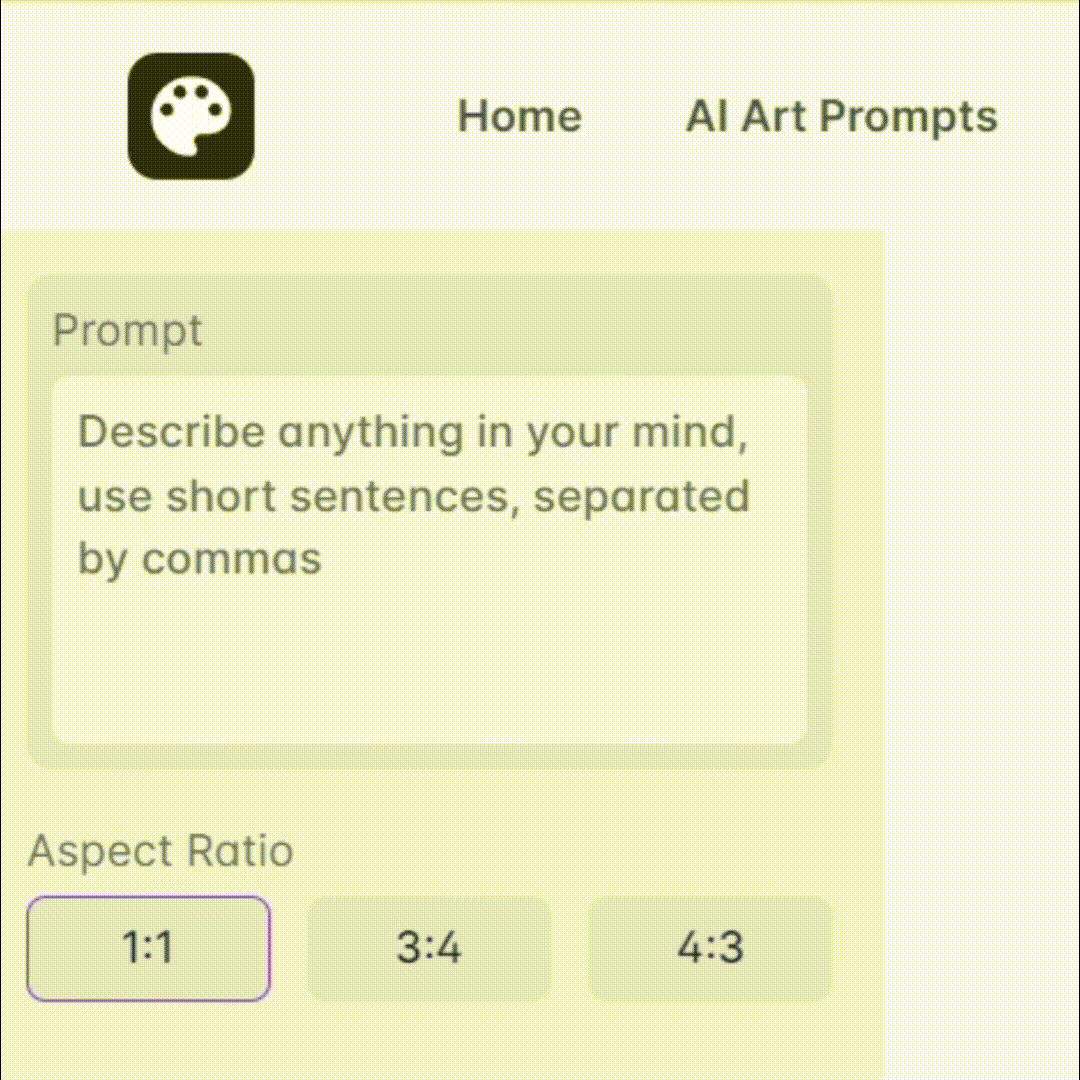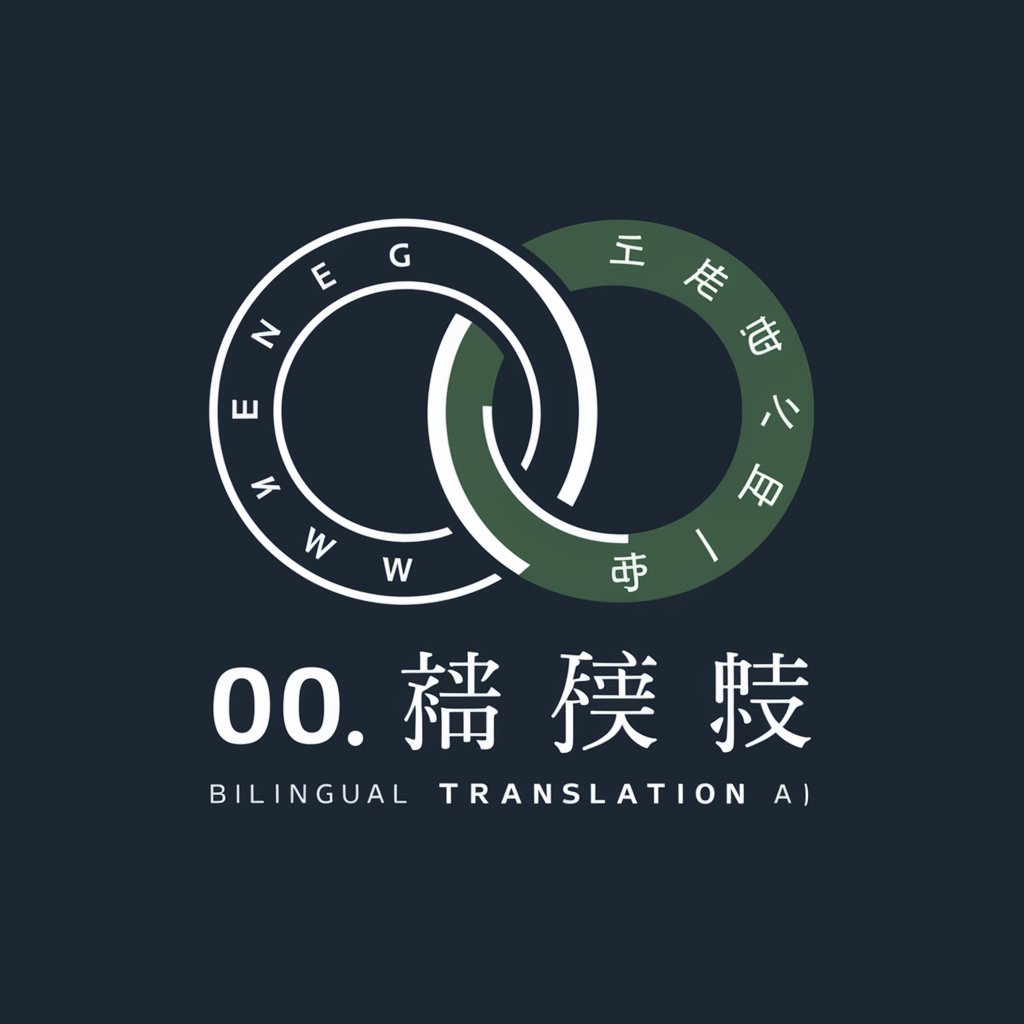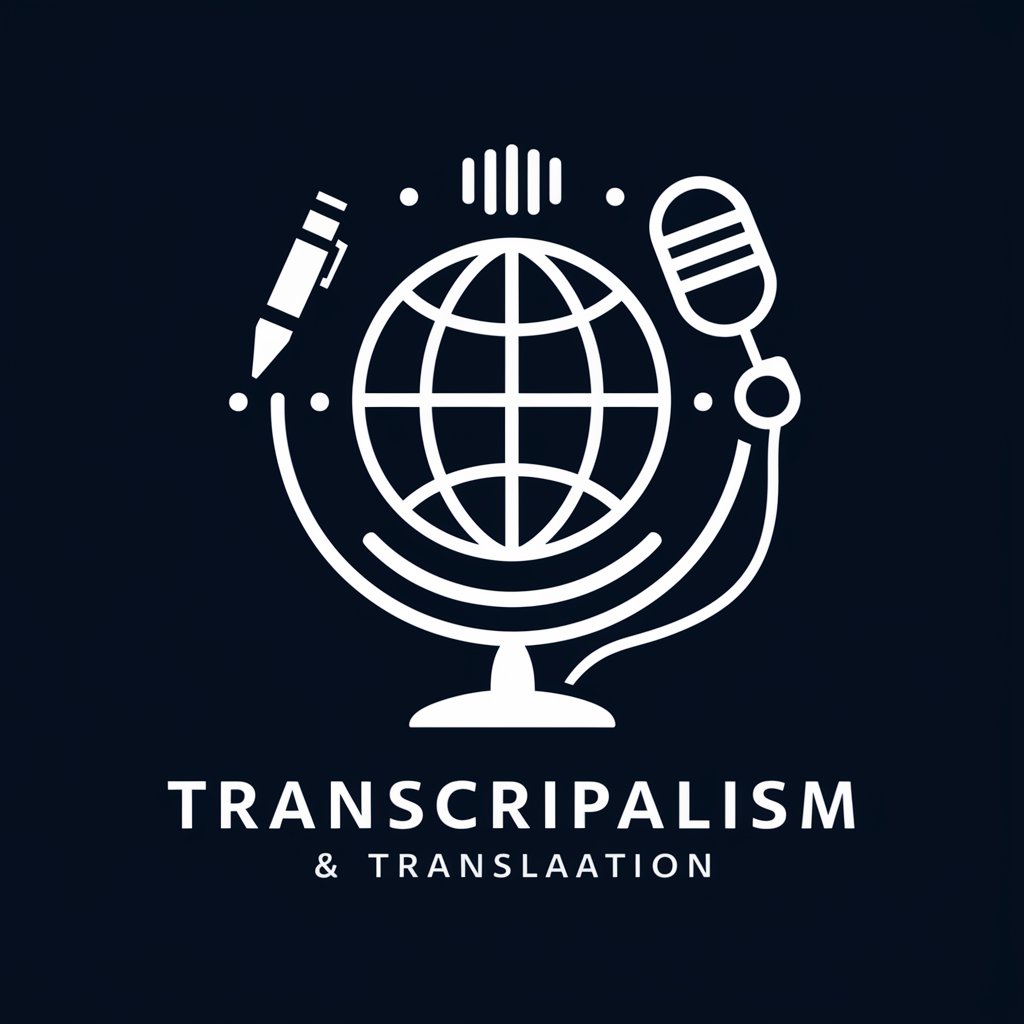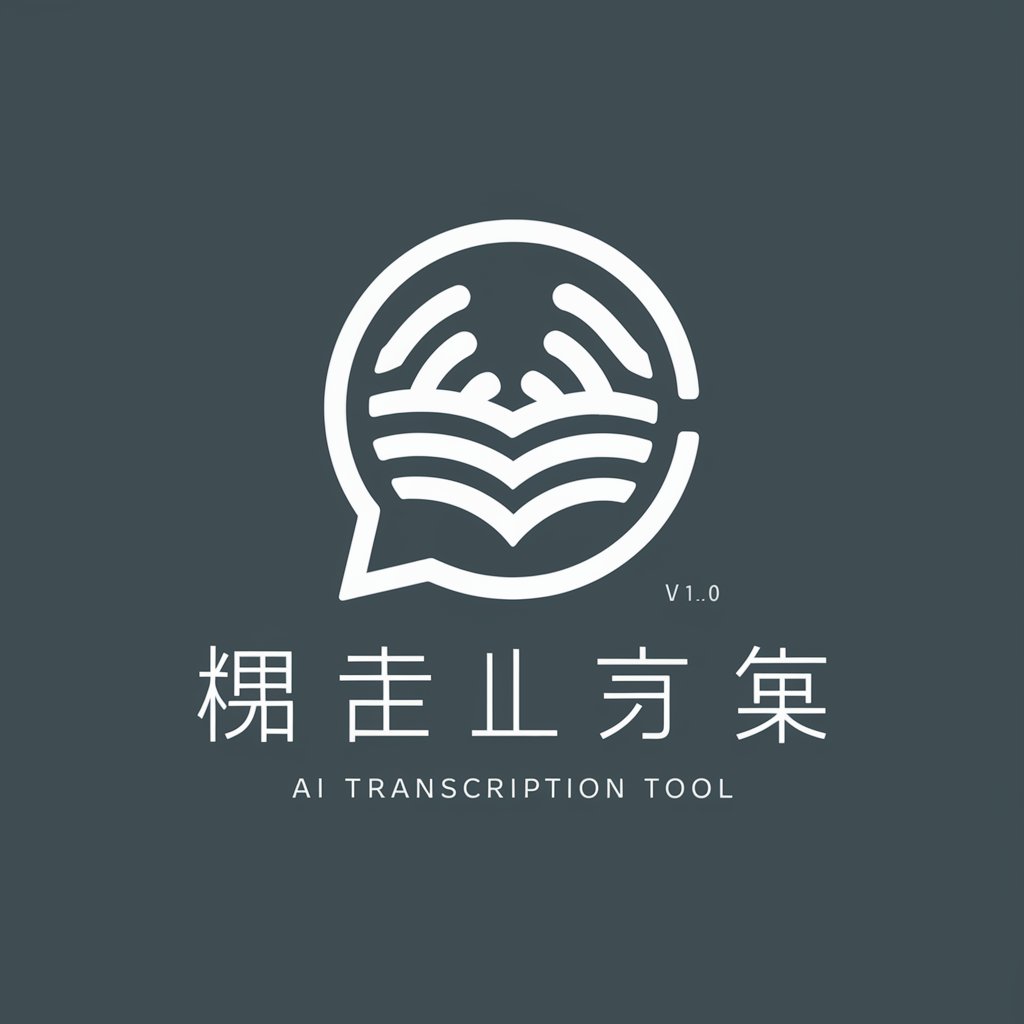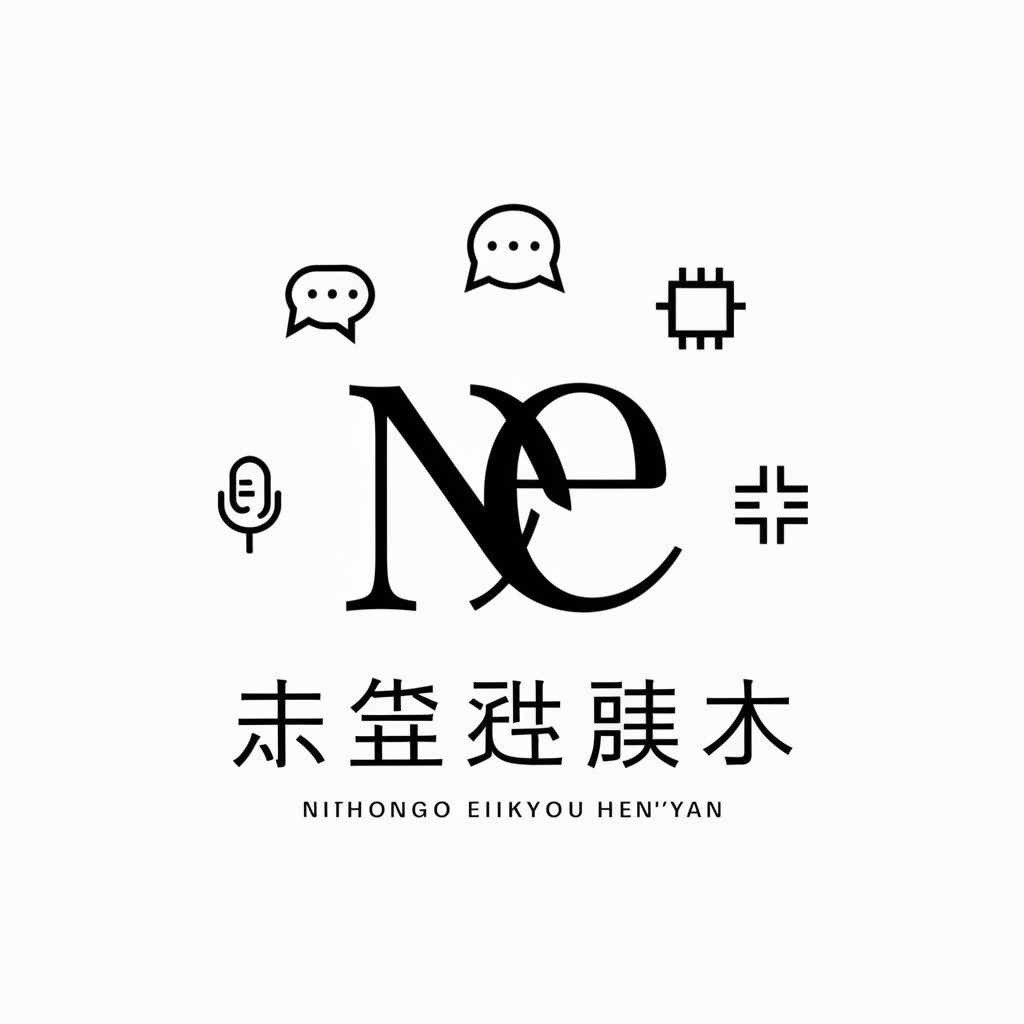
文字起こし意訳 - Transcription & Interpretive AI Translation

こんにちは、文字起こし意訳へようこそ!
Bringing clarity and nuance to every translation.
Analyze the given video transcript and summarize the main points in a few sentences.
Provide a detailed paraphrase of this video transcript focusing on the key themes discussed.
Identify and explain the main arguments presented in the following video transcript.
Summarize the content of this video transcript using vocabulary relevant to the topic.
Get Embed Code
Introduction to Transcription and Interpretive Translation
Transcription and interpretive translation, or '文字起こし意訳' in Japanese, involves converting spoken language into written text (transcription) and then translating that text into another language with a focus on conveying the original meaning and context (interpretive translation). This process is crucial in bridging language barriers and ensuring accurate communication. For example, during a conference, a speaker's oral presentation in Japanese might be transcribed into Japanese text, which is then interpretively translated into English, ensuring that the nuances and specific context of the speech are retained. Powered by ChatGPT-4o。

Core Functions of Transcription and Interpretive Translation
Accurate Transcription
Example
Converting a university lecture from spoken Japanese to written Japanese.
Scenario
A Japanese professor's lecture is transcribed verbatim to create educational materials for students.
Cultural and Contextual Interpretation
Example
Translating a Japanese novel into English, adjusting cultural references to be understandable for an international audience.
Scenario
An author’s work is translated, ensuring that idiomatic expressions and cultural nuances are accurately conveyed to a global audience.
Real-time Translation
Example
Simultaneous interpretation during a live international conference.
Scenario
A translator provides real-time interpretive translation, allowing participants speaking different languages to understand each other instantly.
Target User Groups for Transcription and Interpretive Translation Services
Academic Researchers and Students
They benefit from transcription and translation of lectures, interviews, and research materials, facilitating access to information across languages.
Business Professionals
For multinational companies, these services are crucial in understanding and communicating with international markets, partners, and employees.
Media and Entertainment Industry
Transcription and translation are key in subtitling movies, translating books, and adapting content for different cultural contexts.

How to Use Transcription and Interpretive Translation (文字起こし意訳)
Start your journey
Visit yeschat.ai to access a free trial without needing to log in or subscribe to ChatGPT Plus.
Prepare your content
Ensure your text or audio file is ready for transcription and interpretation. For audio files, clear, high-quality recordings yield the best results.
Choose your language
Select the original and target languages from the available options. This tool supports multiple languages for broad accessibility.
Input and submit
Enter your text or upload your audio file directly to the platform. The tool will automatically start the transcription and interpretive translation process.
Review and refine
Once the initial translation is provided, review the output. Utilize the edit feature to make adjustments for accuracy and context as needed.
Try other advanced and practical GPTs
情感文章起名
Power your prose with AI-driven emotion

Portrait Pro
Transform portraits with AI magic.

Portrait Wizard
Crafting Unique AI-Driven Portraits

Landscape Videography Tips
Elevate Your Landscape Videography

C# Expert
Empowering Your C# Development with AI

Jiniplus+ Daily Stock Issue
AI-powered market intelligence at your fingertips

文字起こしのケバ取りツール
AI-powered precision for flawless text

文字起こし要約屋
Empower your narratives with AI-driven transcription and summarization.

文字起こし文章を正しい日本語にする
Refine your Japanese with AI

文字起こしマスター
AI-powered text transcription from images
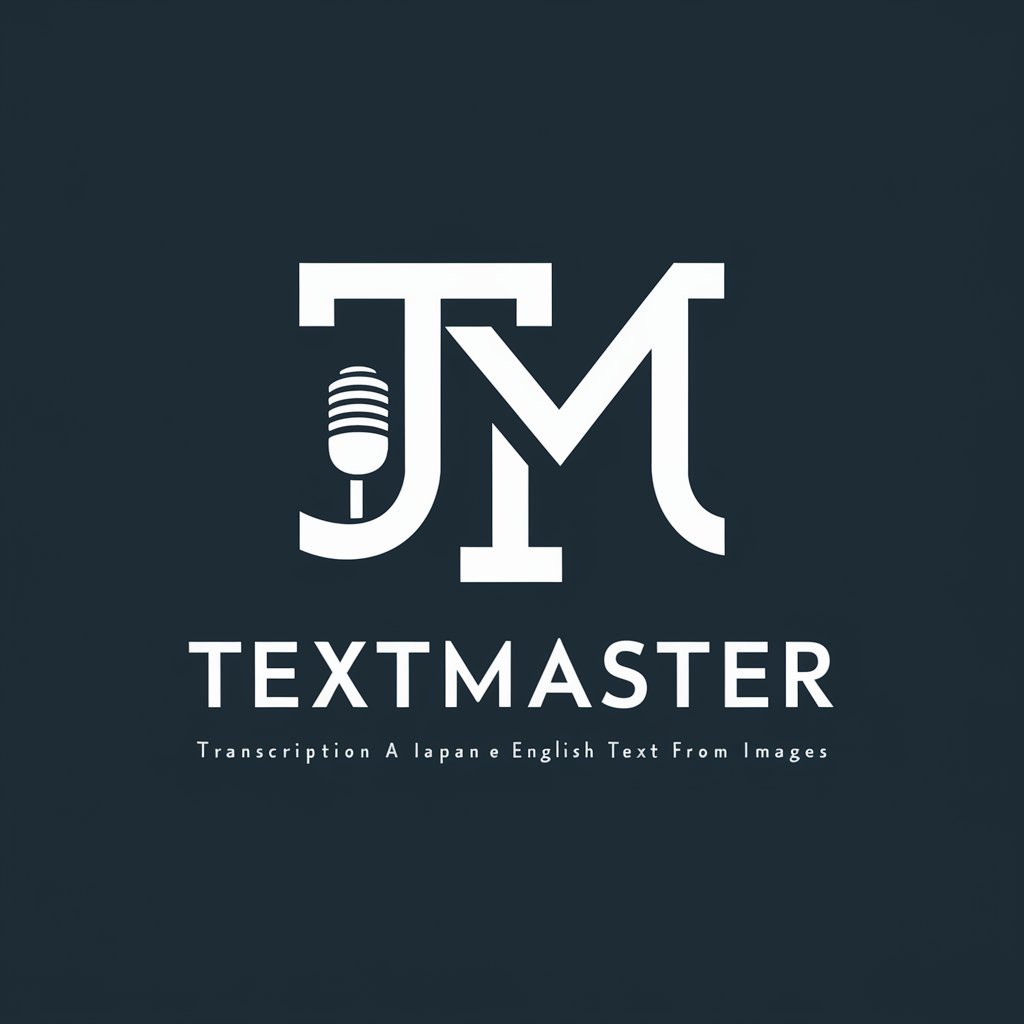
PDF 文字起こし
Effortless Transcription at Your Fingertips
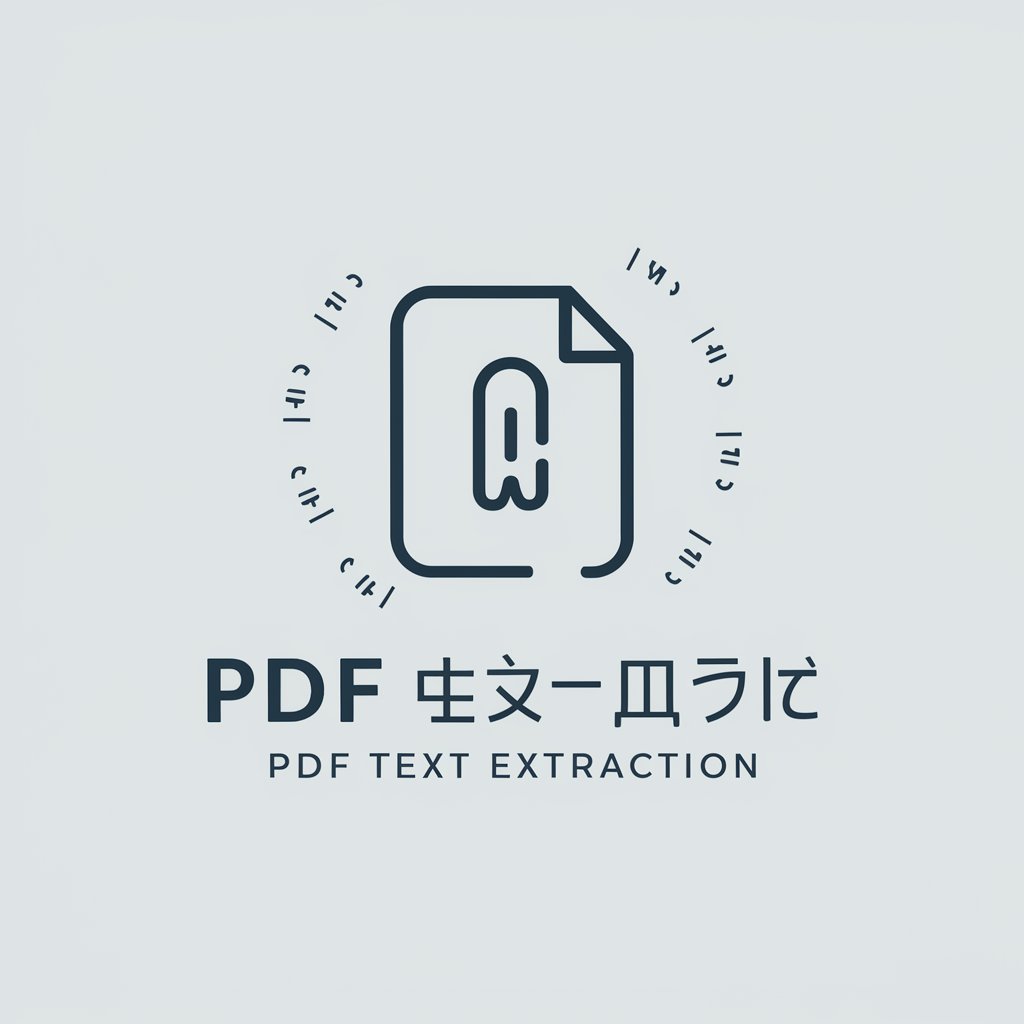
OCR文字起こし君
AI-powered text extraction from images.

Frequently Asked Questions about Transcription and Interpretive Translation (文字起こし意訳)
What is interpretive translation?
Interpretive translation goes beyond direct translation to capture the meaning, tone, and cultural nuances of the original content, ensuring the message resonates with the target audience.
Can I translate audio files?
Yes, the tool supports the transcription of audio files into text, followed by interpretive translation into the desired language, catering to diverse content formats.
Is the tool suitable for academic research?
Absolutely. It can be used to translate academic papers, interviews, and research materials, preserving the original intent and ensuring accuracy in the target language.
How does the tool ensure translation accuracy?
The tool employs advanced AI and machine learning algorithms, supplemented by context analysis and cultural understanding, to provide translations that are both accurate and culturally relevant.
Can I use this tool for professional documents?
Yes, the tool is designed to handle professional and formal documents, including business reports, legal documents, and technical manuals, ensuring precise and contextually appropriate translations.
